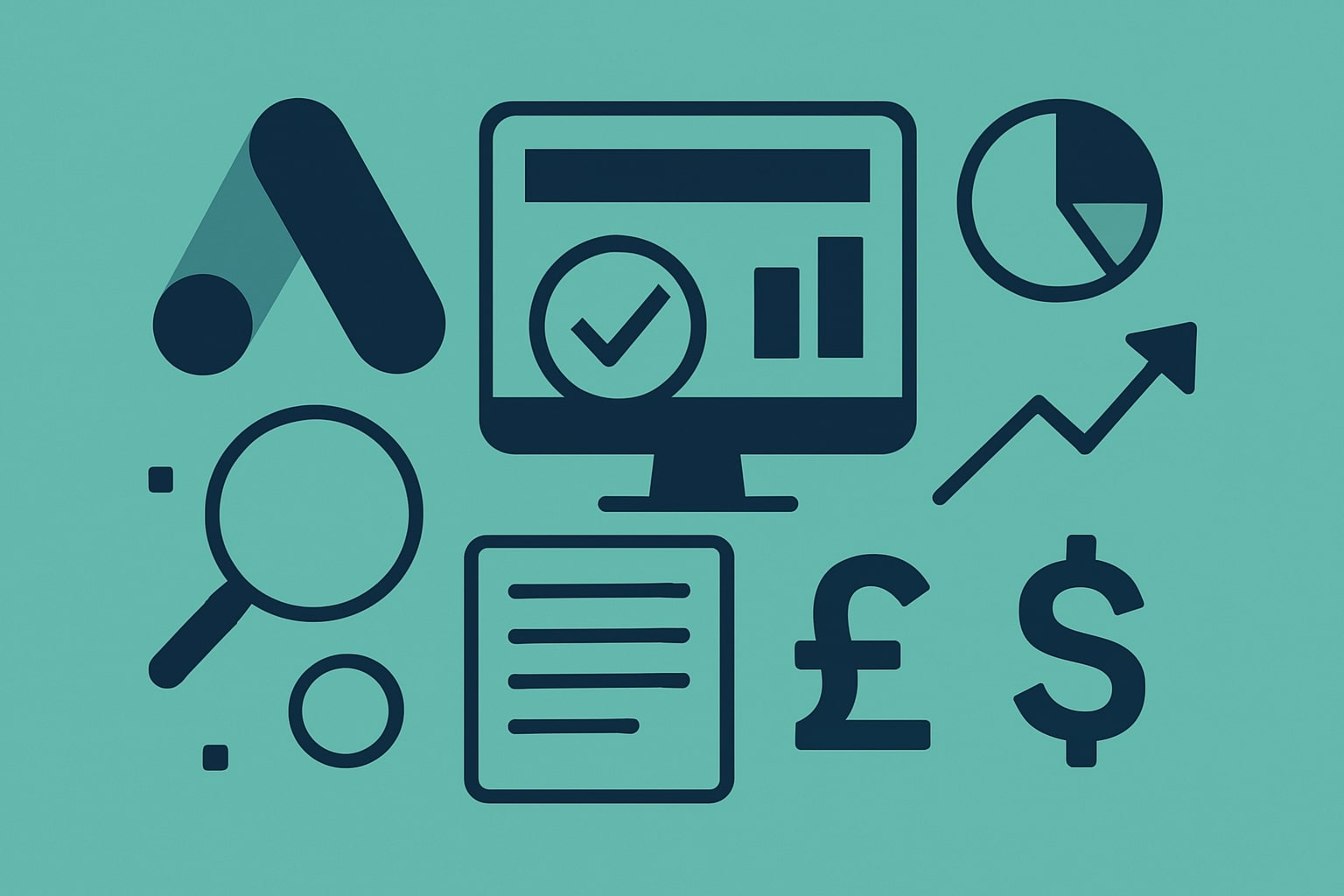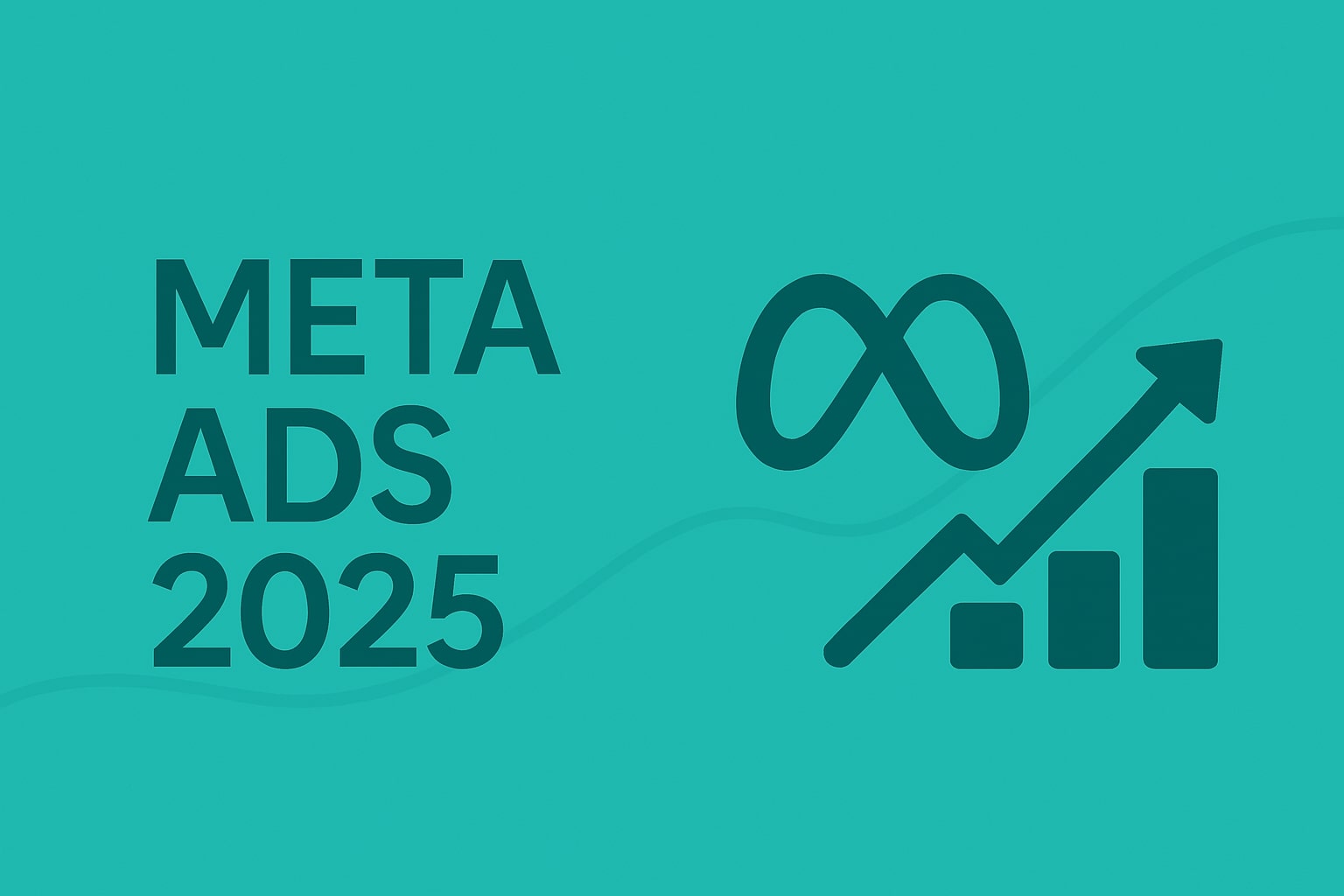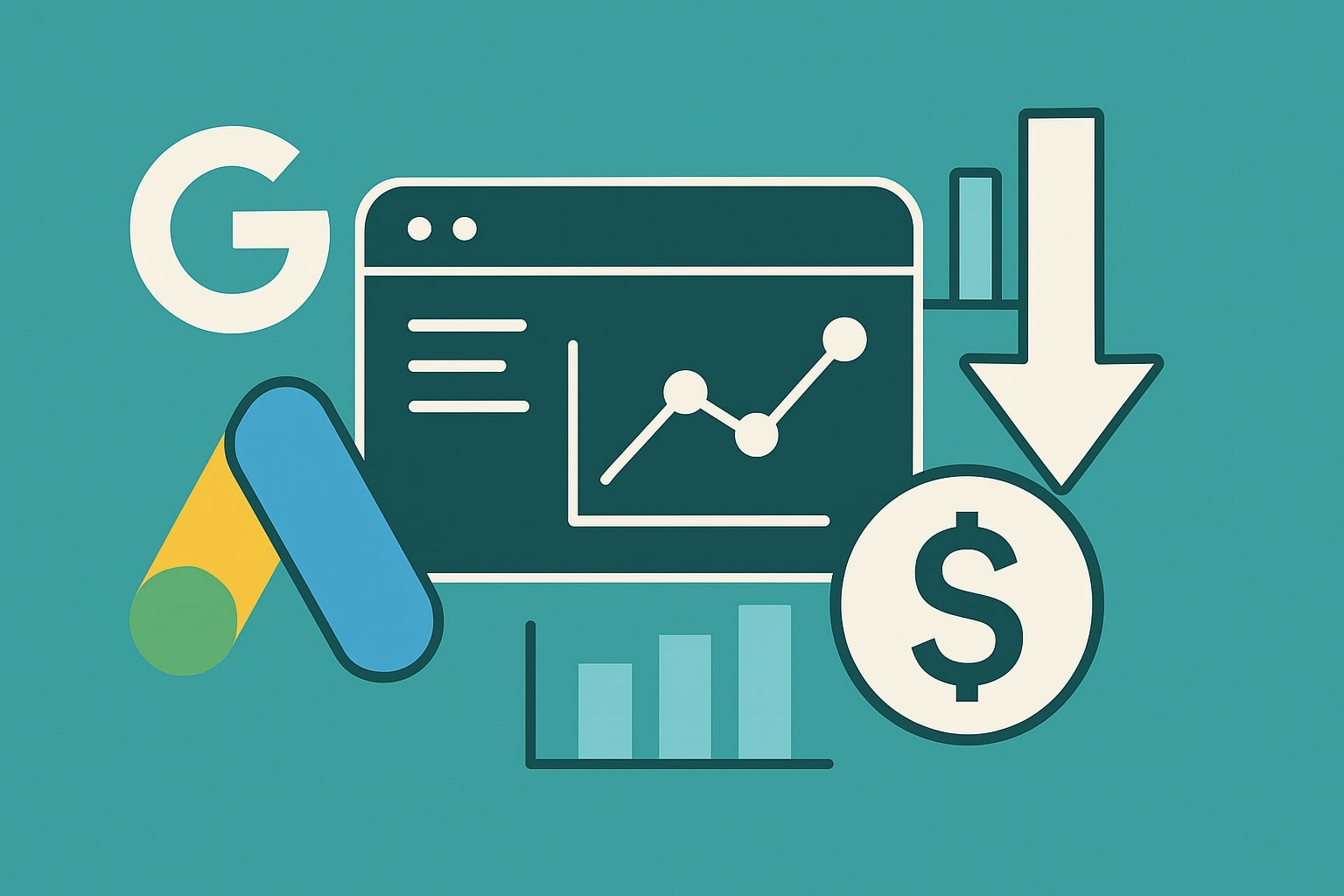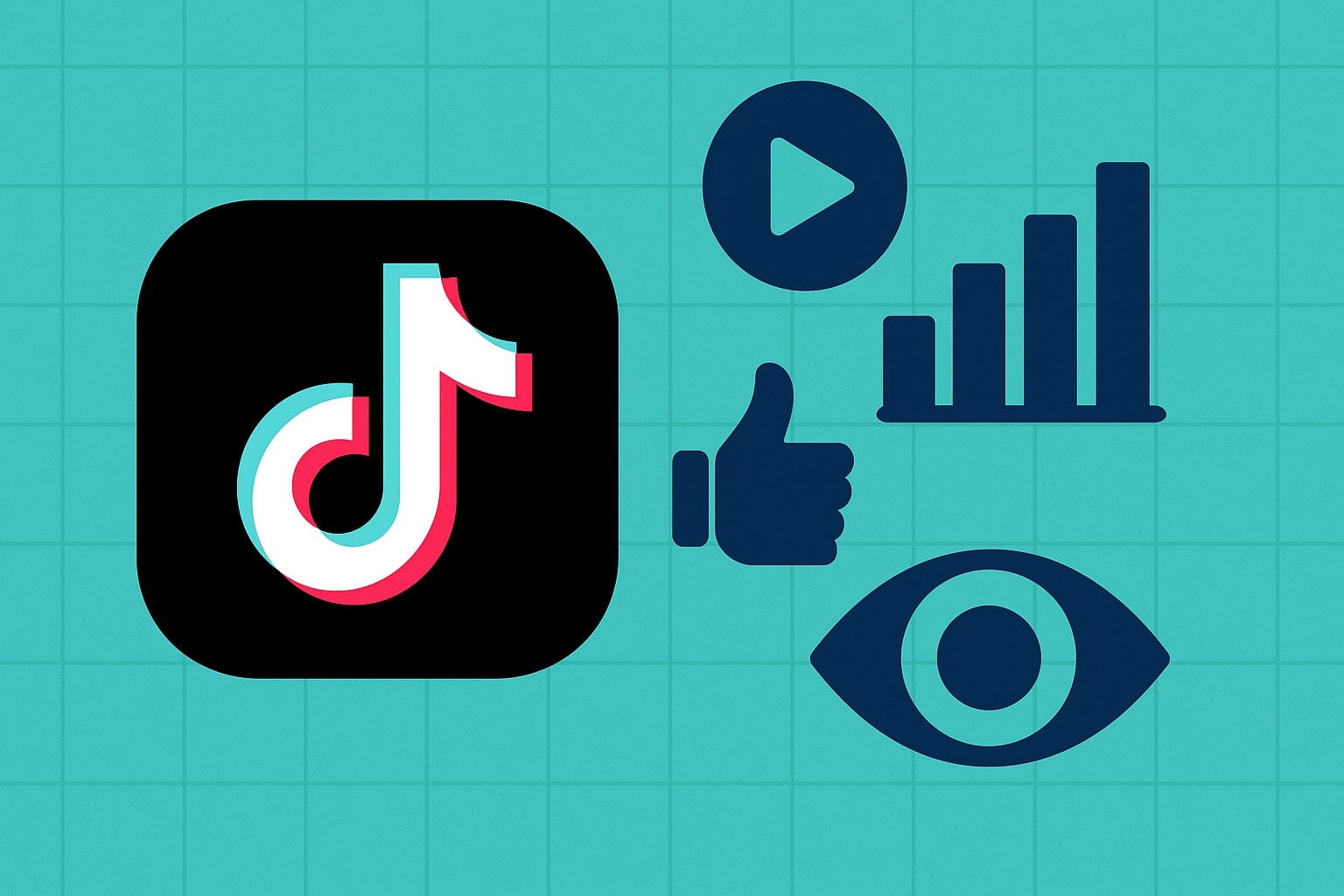Google Ads remains one of the most powerful platforms for driving targeted traffic and conversions. However, with increasing competition and rising costs per click, it's more important than ever to implement strategies that deliver measurable ROI rather than just impressions or clicks.
The Evolving Google Ads Landscape in 2025
Google's advertising platform has undergone significant changes in recent years. The introduction of Performance Max campaigns, enhanced automation, and AI-driven optimization has transformed how successful advertisers approach the platform. At the same time, privacy changes have impacted tracking and attribution, making it crucial to adapt your strategy.
Key Platform Changes in 2025
- Performance Max campaigns now dominate the landscape
- Enhanced conversion tracking with first-party data
- AI-driven bidding and optimization at scale
- Increased focus on audience signals over keywords
- New video and interactive ad formats
In this new landscape, advertisers who focus on business outcomes and profitability—rather than traditional metrics like click-through rates or impression share—are seeing the strongest results.
10 Google Ads Strategies That Drive Measurable ROI
Based on our work with over 150 clients across eCommerce, SaaS, and lead generation businesses, we've identified 10 strategies that consistently deliver strong ROI in the current Google Ads ecosystem.
1. Implement Value-Based Bidding
Value-based bidding moves beyond conversion-based optimization to focus on the actual revenue or profit generated by each conversion. This approach ensures your budget is allocated to the campaigns, keywords, and audiences that drive the highest business value—not just the most conversions.
Implementation Steps:
- Import conversion value data into Google Ads (either through direct eCommerce tracking or by assigning values to lead types)
- Set up value-based bidding strategies like Maximize Conversion Value or Target ROAS
- Segment campaigns by product margin or lead value to enable more precise bidding
- Regularly update your conversion values as product prices or lead close rates change
2. Leverage First-Party Data for Audience Targeting
With the deprecation of third-party cookies and increasing privacy regulations, first-party data has become the most valuable targeting asset. Advertisers who effectively leverage their customer data are achieving significantly higher performance.
"First-party data isn't just a privacy solution—it's a competitive advantage. Our clients who effectively use their customer data in Google Ads are seeing 40-60% higher ROAS compared to those relying solely on Google's audience solutions."
Your CRM, email list, website visitors, and past purchasers provide rich data that can be used to create highly targeted audience segments in Google Ads.
3. Optimize for Quality Score
Despite all the changes to Google Ads, Quality Score remains a critical factor in determining both ad position and cost per click. Advertisers who maintain high Quality Scores pay significantly less for the same ad positions.
Quality Score Impact on CPC
| Quality Score | CPC Discount |
|---|---|
| 10 | ~50% lower |
| 7 | ~30% lower |
| 5 | No change |
| 3 | ~25% higher |
| 1 | ~400% higher |
4. Implement Advanced Conversion Tracking
Accurate conversion tracking is the foundation of any successful Google Ads campaign. In 2025, this means going beyond basic conversion pixels to implement enhanced tracking solutions.
Common Tracking Pitfalls
Many advertisers make critical mistakes in their conversion tracking setup that lead to poor optimization and wasted budget:
- Tracking form submissions but not qualified leads
- Not differentiating between different conversion values
- Failing to implement offline conversion tracking
- Not accounting for cross-device conversions
5. Leverage AI for Creative Optimization
Google's AI tools for creative optimization have advanced significantly. In 2025, advertisers are using these tools to continuously improve ad performance.
AI-Powered Creative Optimization
Implement these AI-driven approaches to improve your ad creative performance:
- Use Google's Responsive Search Ads with at least 10-15 headlines and 4-5 descriptions
- Implement automated A/B testing for ad creative elements
- Leverage AI-generated images and ad variations
- Use performance insights to refine messaging based on audience segments
Advertisers who fully embrace AI-driven creative optimization are seeing 25-35% improvements in conversion rates compared to those using static ads.
6. Implement Advanced Audience Layering
Audience targeting has evolved beyond simple demographics or interests. In 2025, the most successful campaigns use sophisticated audience layering techniques.
This approach combines multiple audience signals to create highly targeted segments:
Advanced Audience Layering Strategy
- Start with intent signals - Search history, website behavior, purchase intent
- Layer in first-party data - CRM segments, email engagement, purchase history
- Add contextual targeting - Content themes, placement categories, topic relevance
- Refine with demographic filters - But only when they have proven performance impact
7. Optimize for Lifetime Value, Not Just Acquisition
The most sophisticated Google Ads strategies in 2025 focus on customer lifetime value (LTV) rather than just acquisition costs. This shift requires integrating post-purchase data with your Google Ads strategy.
"Optimizing for customer lifetime value transformed our Google Ads approach. We now spend 30% more to acquire high-LTV customers because we know they'll generate 3-5x more revenue over time."
8. Leverage Automation with Human Oversight
Google's automation capabilities have advanced dramatically, but the most successful advertisers combine these tools with strategic human oversight.
Automation Pitfalls to Avoid
- Blindly trusting automated recommendations without strategic evaluation
- Setting up automation without clear business objectives
- Failing to provide enough conversion data for effective learning
- Not regularly reviewing and refining automated strategies
9. Implement Advanced Bid Adjustments
While automated bidding handles most optimization, strategic bid adjustments can significantly enhance performance in specific scenarios.
Strategic Bid Adjustment Framework
| Factor | Adjustment Approach |
|---|---|
| Device | Based on conversion rate and LTV differences |
| Location | Adjusted for regional performance and competition |
| Audience | Higher bids for high-value segments |
| Time/Day | Optimized for peak conversion periods |
10. Continuous Testing and Optimization
The final strategy—and perhaps the most important—is implementing a structured testing framework. The Google Ads landscape evolves constantly, and only through systematic testing can you stay ahead.
90-Day Testing Framework
We recommend implementing this 90-day testing cycle for continuous improvement:
- Days 1-30: Test campaign structures and audience strategies
- Days 31-60: Test creative elements and messaging approaches
- Days 61-90: Test bidding strategies and budget allocations
- Repeat with refinements based on previous cycle learnings
Case Study: How We Increased ROAS by 215% for an eCommerce Client
To illustrate the impact of these strategies, let's look at how we transformed Google Ads performance for an eCommerce client in the home goods sector.
Client Challenge
The client was experiencing declining ROAS and rising CPAs despite maintaining the same budget. Their Google Ads account had been managed using traditional approaches focused on keywords and manual bidding.
- ROAS had declined from 400% to 180% over 12 months
- CPA had increased by 42% year-over-year
- Conversion volume was flat despite increased spending
We implemented the strategies outlined above, with particular focus on profit-based bidding, first-party data integration, and advanced audience layering.
Results After 90 Days
- ROAS increased from 180% to 567% (a 215% improvement)
- CPA decreased by 38% while maintaining conversion volume
- Customer lifetime value of acquired customers increased by 42%
- Overall profit contribution from Google Ads increased by 312%
Conclusion: The Future of Google Ads Performance
As we move through 2025, Google Ads continues to evolve rapidly. The strategies that worked even a year ago may no longer deliver the same results. Advertisers who embrace advanced approaches—focusing on profit, leveraging first-party data, and implementing sophisticated audience strategies—will continue to achieve strong ROI despite increasing competition.
Key Takeaways
- Focus on profit and lifetime value, not just conversion volume
- Leverage first-party data as your competitive advantage
- Embrace automation but maintain strategic human oversight
- Implement continuous testing across all aspects of your campaigns
- Use advanced audience layering to reach high-value prospects
By implementing the strategies outlined in this article, you can position your business to achieve higher ROI from your Google Ads investments, driving profitable growth in an increasingly competitive landscape.
Ready to Transform Your Google Ads Performance?
Our team of Google Ads specialists can help you implement these strategies and achieve measurable improvements in your campaign performance.
Schedule a Strategy Call


